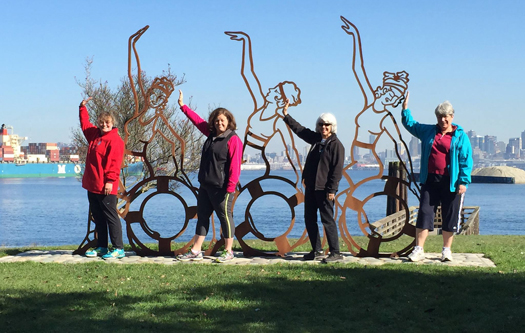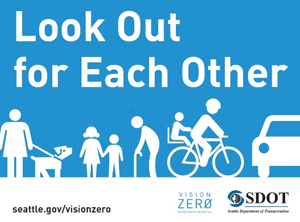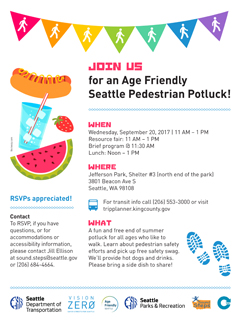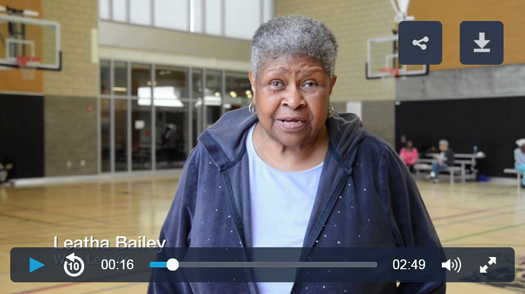Walking: The Wonder Drug

Who among us has never wished there was a wonder drug—or miracle drug—for something that ails us? It turns out there is one! If you want a fancy name, call it Ambulando. That’s the Latin word for “walking.”
Walking doesn’t solve every problem but it solves a lot of them! Done on a regular basis, walking can:
- Help you breathe more deeply. Do it regularly to improve your circulation, lower your blood pressure, reduce your risk of stroke and heart disease, and maintain healthy joints.
- Help you maintain a healthy weight.
- Help lessen arthritis pain.
- Improve balance, strength, and coordination, and reduce your risk of falling.
- Keep your brain sharp and resistant to age-related memory loss and dementia or Alzheimer’s disease.
- Help you maintain bone density and reduce your risk of osteoporosis.
- Reduce your risk of disability as well as breast cancer.
- Put you in a good mood and help you stay there. You will feel healthier and more energetic for the rest of the day.
- Strengthen your immune system and help you avoid colds and flu.
- Help you sleep better.
There’s a phrase that local healthy aging advocates coined a few years ago: Keep Moving, Stay Connected. The reason is that two things help people live longer and better—physical activity and social connections. And walking can help you do both things!
Walking is popular among older adults but, for those who don’t walk regularly, it can be hard to get started. Here are several common excuses … along with antidotes provided by the City of Seattle, which is working to create more walkable, livable neighborhoods, and a few community partners:

Get Vision Zero yard signs by visiting a City of Seattle Customer Service Center in Ballard, the Central District, Lake City, Southeast or Southwest Seattle, or the University District.
- “I don’t like to walk by myself.” You are in luck! Seattle is home to Sound Steps, a community walking program for people age 50 and older sponsored by Seattle Parks and Recreation. The program operates year-round and it’s free of charge. Whether it’s your goal to walk to the end of the block or walk a half-marathon, Sound Steps has a group for you. New participants are always welcome!
- “I don’t feel safe.” Pedestrian and community safety are primary concerns. And while Seattle is safer than many large cities, it pays to be careful and to connect with your neighbors. The Seattle Department of Transportation’s Vision Zero program is a citywide effort to improve street safety and end serious and fatal crashes involving pedestrians by 2030. For more information, see Making Seattle’s Streets Safer for Everyone in the March 2017 issue of AgeWise. Sidewalks are also getting better every year. In 2017, every mile of Seattle’s sidewalks has been assessed and inventoried. This helps with future sidewalk investments. In addition, Seattle’s neighborhood crime prevention councils offer a variety of personal, pedestrian, and transit safety tips (e.g., South Seattle Crime Prevention Council).
- “Walking is boring!” Are you kidding? We live in one of the most beautiful places in the country. There’s so much to see! And if your neighbors’ gardens and views of the mountains, lake, or sound don’t get you going, check out some of these walking maps and lists: Seattle Public Art (Office of Art & Culture) | Historic Districts (Department of Neighborhoods) | Downtown Walking Maps (King County) | Neighborhoods on Foot (Feet First)
-

Click above to learn more about Sound Steps, Vision Zero, sidewalk assessments, and much more at the Pedestrian Potluck on September 20, 2017.
“I don’t like the hills!” It’s true—Seattle is a city of hills. But there are lots of flat streets, too. Check out the Seattle Recreational Walking Map (Seattle Department of Transportation) for recommended routes.
- “But it’s raining!” Don’t let a little precipitation get you down—walk under cover. Here are a few ideas: Northgate Mall | Seattle Art Museum (see first Thursdays and first Fridays) | Seattle Center | Westlake Center.
- “My get-up-and-go done got-up-and-went!” First, refer to the list at the top of the page—there is so much good to be gained by trying. It’s a good idea to talk with your health care provider before starting a new exercise but most agree—the best way to fight fatigue is to walk around the block. From there, it’s a simple law of physics—what’s at rest stays at rest, and what’s in motion stays in motion.
So, what’s ailing you? Would a little Ambulando help? Lace up your shoes, open the door, go outside, and see if it’s the wonder drug for you!
Contributor Irene Stewart is project manager of Age Friendly Seattle. Despite using every excuse written above, Irene walked her first half marathon at age 44 and walked several more, plus many 5K and 10K walking events, over the next 15 years. To hear her story, click here.
Photo at top: Irene and her walking buddies pose with the Luna Girls, a sculpture by Seattle artist Lezlie Jane located on Harbor Avenue in West Seattle
![AgeWise King County [logo]](https://www.agewisekingcounty.org/wp-content/themes/agewisekingcounty/images/logo.png)
